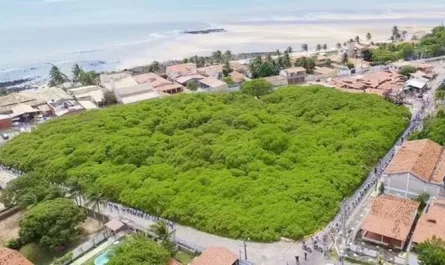This milestone opens a window to newer possibilities in the fields of wound healing, soft robotics, artificial skin, and drug delivery.

We come across different types of gels in our daily lives, such as in hair products, foods, and even in our bodies. However, human skin has unique properties that are difficult to replicate—it combines both strength and flexibility while also having the remarkable ability to heal itself within 24 hours after injury. Artificially synthesized gels have been able to achieve only one at a time.
Scientists from Aalto University and the University of Bayreuth have now crossed these boundaries. A major milestone in materials science has been achieved after the development of a self-healing, flexible, and strong hydrogel. This milestone opens a window to newer possibilities in the fields of wound healing, soft robotics, artificial skin, and drug delivery.
A breakthrough in hydrogel design
In order to achieve these features in the rigid hydrogel, the researchers used ultra-thin clay nanosheets. These sheets created a dense entangled network of polymers that strengthened hydrogels and stopped them from being too soft. They also increased the ability of the gel to self-repair.
The researchers mixed a powder of monomers with water that contains nanosheets. The mixture was then placed under a UV lamp. “The UV radiation from the lamp causes the individual molecules to bind together so that everything becomes an elastic solid – a gel,” Chen Liang, one of the authors, explains.
The innovation in question relies heavily on subsequent interactions of the polymers. “Entanglement means that the thin polymer layers start to twist around each other like tiny wool yarns, but in a random order,” adds Hang Zhang from Aalto University. “When the polymers are fully entangled, they are indistinguishable from each other. They are very dynamic and mobile at the molecular level, and when you cut them, they start to intertwine again.”
The healing process is phenomenally fast. The hydrogel is 80-90% repaired within the first four hours of being cut and wholly restored after twenty-four hours. The hydrogel has around 10,000 layers of nanosheets in a sample that is one millimeter thick, allowing it to achieve stiffness akin to human skin while enabling it to stretch.
Nature-inspired materials with real-world potential
“This work is an exciting example of how biological materials inspire us to look for new combinations of properties for synthetic materials. Imagine robots with robust, self-healing skins or synthetic tissues that autonomously repair,” says Olli Ikkala from Aalto University.
“It’s the kind of fundamental discovery that could renew the rules of material design.”
After further development and research for commercial purposes, self-healing synthetic tissues, flexible robots with protective outer layers, and medical materials that can autonomously repair damage stand to benefit from this study.


